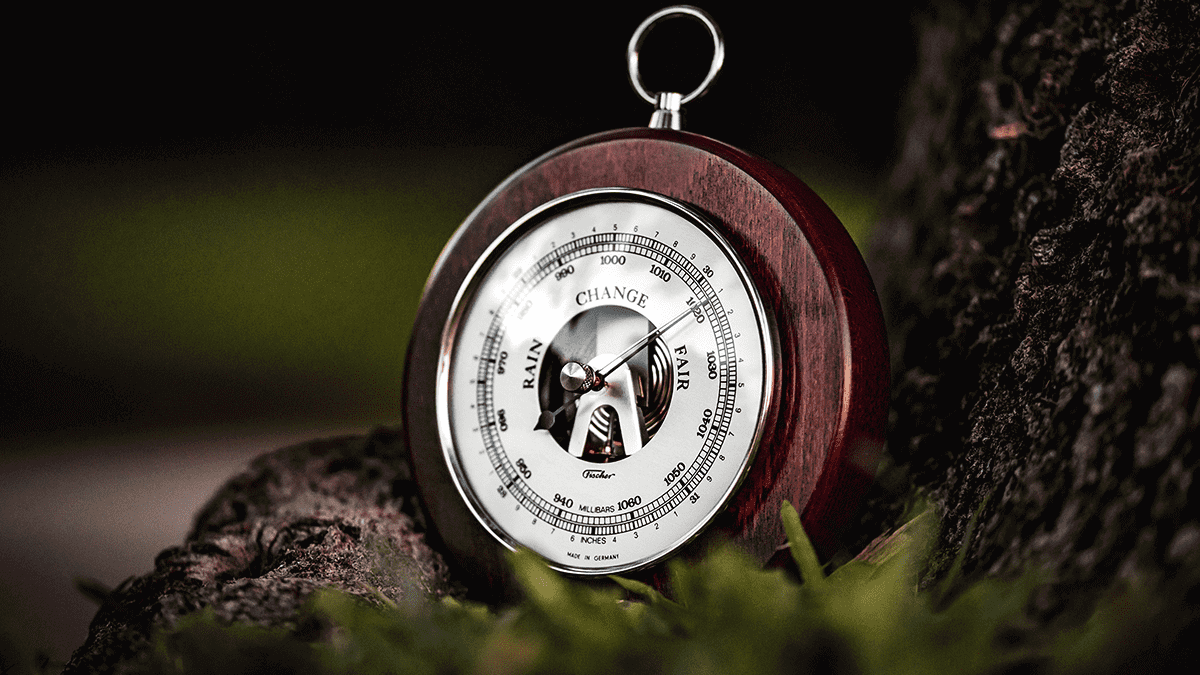As the sweltering days of summer make way for the crisp air of autumn, our attention turns to the vivid display of fall foliage, the comfort of layered clothing, and, inevitably, the weather changes. This season of fluctuating temperatures is also the season of unpredictability, making the barometer an indispensable tool for anyone eager to understand what the weather holds. Let’s delve into the fascinating world of barometers, discovering how they forecast the moody autumn weather.
The Unveiling Science Behind Barometer
Barometers measure atmospheric pressure, a seemingly abstract concept that has concrete implications for weather forecasting. The fundamental science that underpins barometry is both intriguing and insightful. Atmospheric pressure essentially quantifies the weight of a column of air above a specific point on Earth’s surface. This ‘weight’ changes due to factors such as altitude, temperature, and even the rotation of the Earth.
A barometer gauges the force exerted by the air molecules colliding with a surface. When air pressure is high, the barometer records a higher reading. This is often associated with good weather because high pressure inhibits cloud formation and precipitation. High pressure acts like a lid on the atmosphere, preventing the warm air from rising and forming clouds. Therefore, a rising barometer often signifies clear skies and stable conditions.
Conversely, low pressure is usually indicative of unstable atmospheric conditions. When a barometer records a falling pressure, it’s often a sign that the air above is rising and cooling. This rising and cooling process encourages cloud formation and eventually leads to precipitation. Low pressure acts as a kind of ‘lifting mechanism’ for the air, facilitating cloud formation and various weather events like rainstorms, thunderstorms, or even snow in colder conditions.
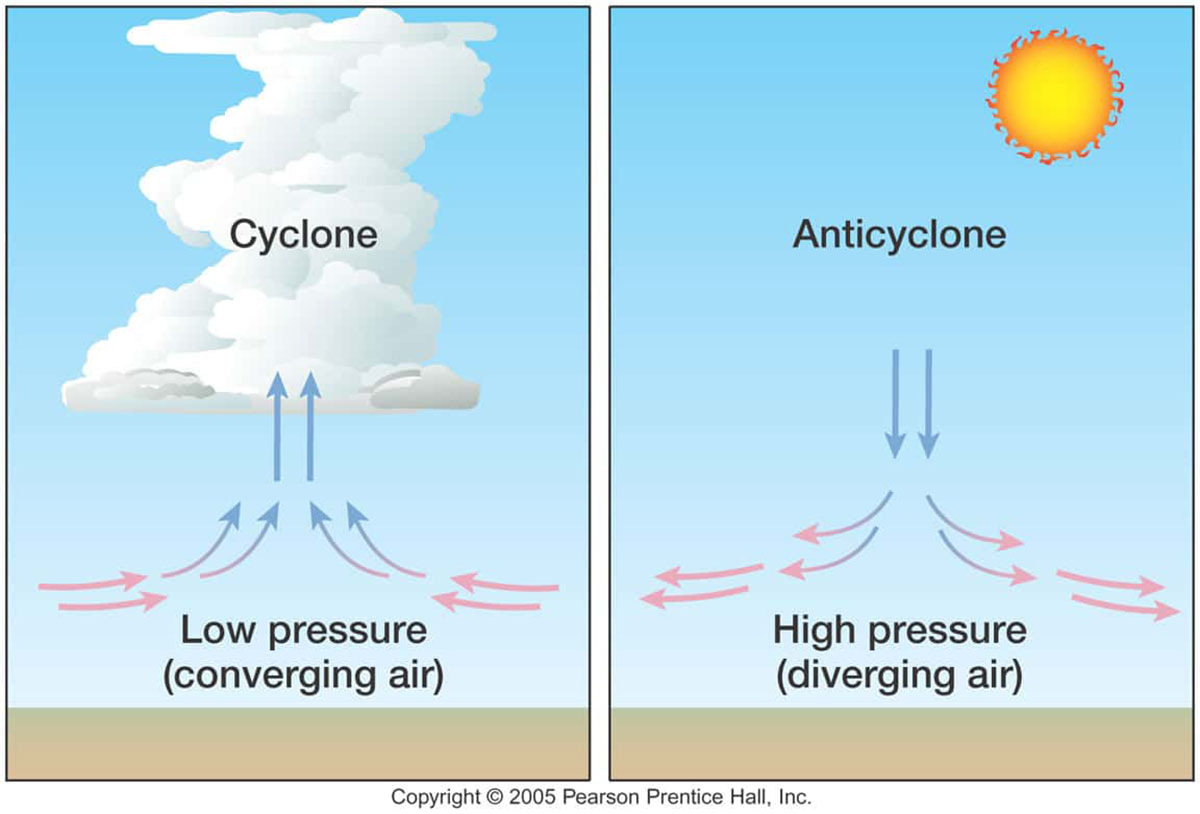
Barometers also reveal fascinating phenomena, such as pressure gradients at the intersection of physics and meteorology. A pressure gradient is a physical quantity that describes in which direction and at what rate the pressure increases rapidly around a particular location. Wind, a common feature of autumn weather, generally flows from high to low-pressure areas. By monitoring the pressure gradient, a barometer can offer valuable insights into wind speed and direction, which is critical for understanding weather patterns, especially in the turbulent autumn months.
The operational principle behind barometers can be explained through Boyle’s Law for gases, which states that the pressure and volume of a gas are inversely proportional when the temperature is held constant. This fundamental law of physics is the underpinning theory for many barometers, particularly those that use gas-filled chambers to record pressure changes.
In our discussion about the science that fuels barometers, it would be remiss not to mention the effects of altitude on atmospheric pressure. As one ascends above sea level, the density of air molecules decreases, leading to a decline in atmospheric pressure. This phenomenon can be explained by the simple fact that there are fewer air molecules at higher altitudes to exert force on a given area.
This pressure-altitude relationship is critical for various applications, especially in aviation and mountaineering. Pilots rely on accurate barometric readings to determine their altitude, often called the “pressure altitude.” They use a standard setting known as the “altimeter setting,” usually based on the pressure at sea level, to calibrate their instruments. Wrong readings could be hazardous, leading to incorrect altitude calculations.
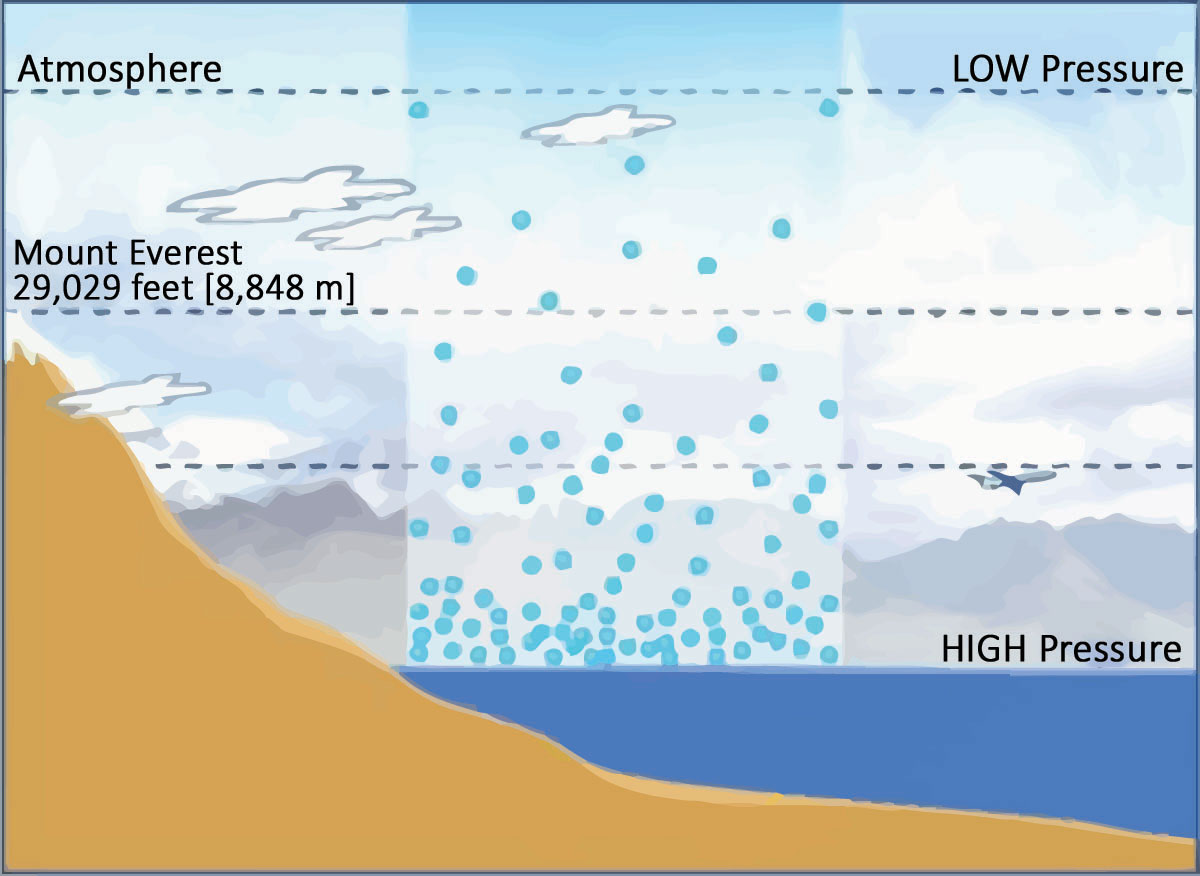
Understanding barometric pressure can be a matter of life and death for mountaineers. Lower pressure at high altitudes affects the weather and human physiology, including the risk of altitude sickness. Experienced climbers often carry portable barometers to monitor pressure changes that might indicate incoming storms or other weather anomalies.
It’s not just extreme adventurers who must consider altitude when looking at barometric readings. Even small elevation changes can impact pressure, which is why many modern barometers allow for altitude adjustments. These are particularly useful for hikers or anyone who needs to understand weather conditions in varying terrains.
Types of Barometer: A Detailed Exploration
The science of measuring atmospheric pressure has come a long way since Evangelista Torricelli invented the Mercury Barometer in the 17th century. Over the centuries, various barometers have been developed, each with unique advantages and mechanisms.

Mercury Barometers: The granddaddy of all barometers, the Mercury Barometer is a simple yet effective device. It consists of a mercury-filled glass tube inverted into a mercury-filled basin. Atmospheric pressure is exerted on the mercury in the basin, causing the mercury level inside the tube to rise or fall.
The height of the mercury column is then read to determine the current air pressure. While extremely accurate, these barometers are bulky and contain toxic mercury, making them less suitable for casual use or mobile applications.

Aneroid Barometers: Introduced in the 19th century, aneroid barometers offer a mercury-free option for measuring atmospheric pressure. “Aneroid” means “without liquid,” which describes its mechanism quite well. The air has been partially evacuated inside a sealed, flexible metal box called an aneroid cell. As atmospheric pressure changes, the cell either compresses or expands.
This mechanical movement is then translated into a dial reading through a system of levers and gears. Aneroid barometers are portable, durable, and commonly found in households and small meteorological stations.
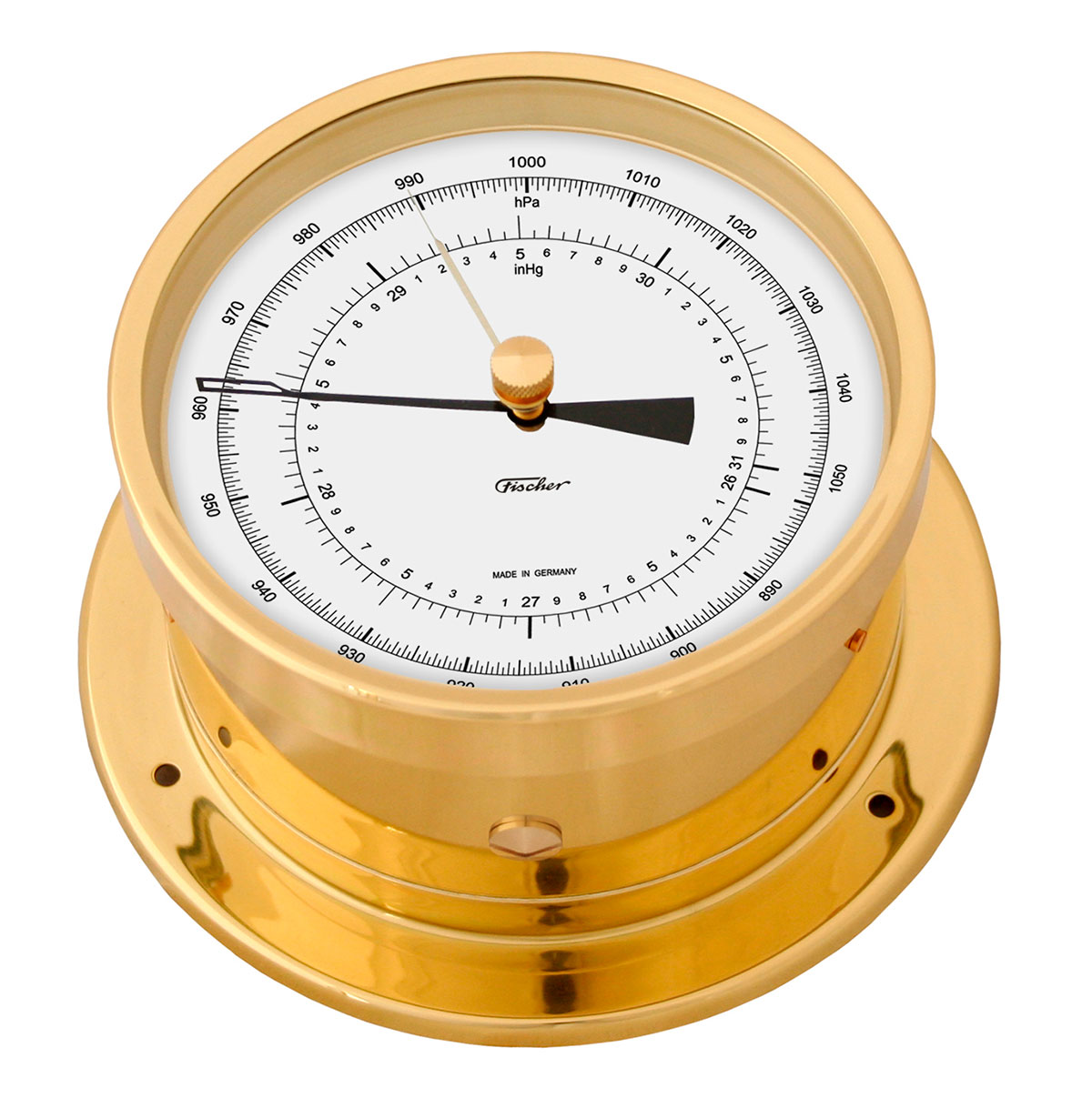
Digital Barometers: The digital age has given us barometers that use electronic sensors to measure pressure. Typically, these sensors are piezoelectric materials that generate a voltage when mechanical stress (in this case, atmospheric pressure) is applied to them. This voltage is then converted to a pressure reading displayed on a digital screen.
Digital barometers are highly accurate and can easily be integrated with other electronic devices, such as smartphones and weather stations, allowing for real-time monitoring and data logging.
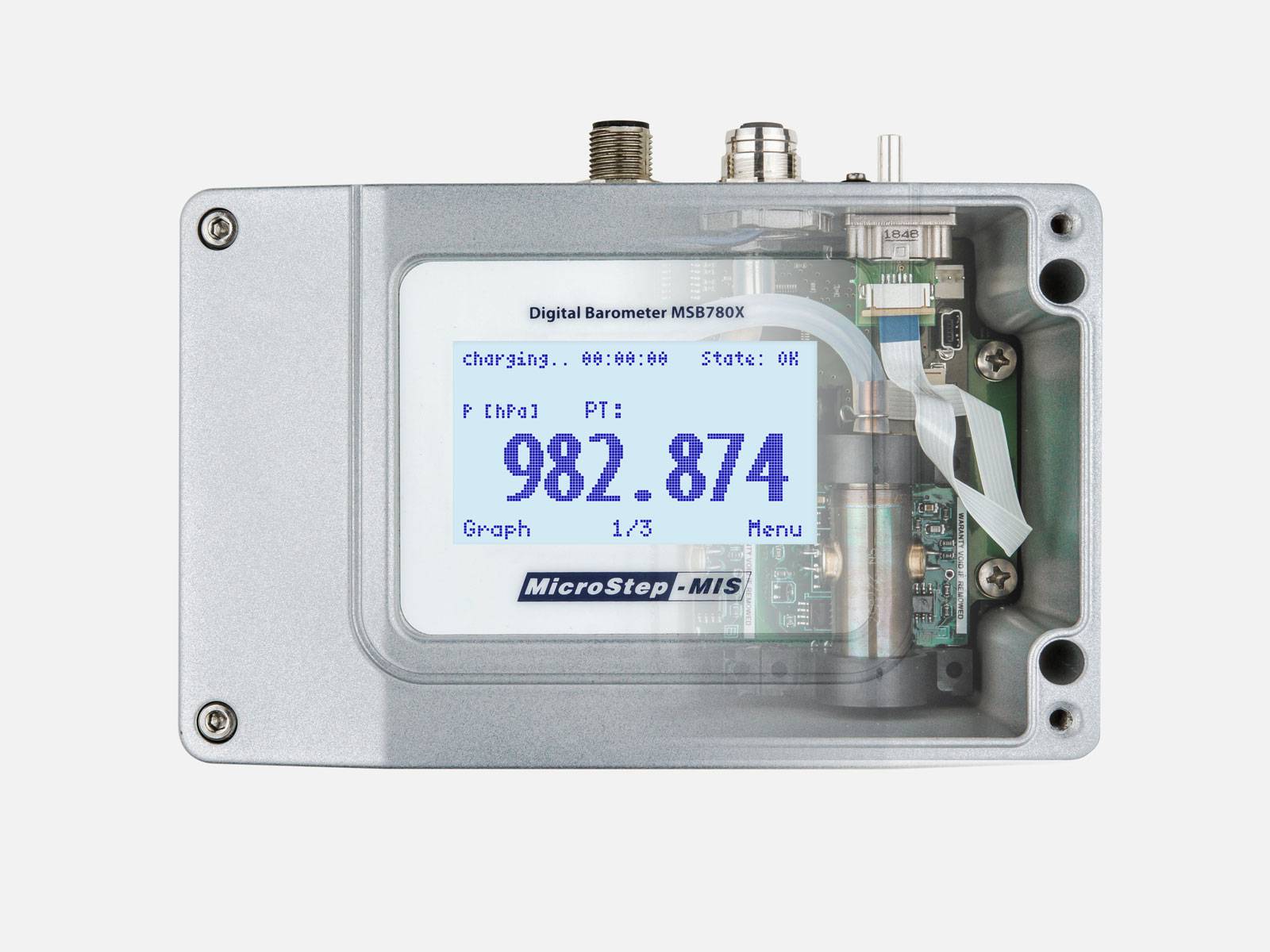
Smartphone Barometers: Modern smartphones often include a miniature barometer as one of their sensors. Although not as accurate as specialized instruments, these built-in barometers provide a convenient way for the general public to monitor casual weather. Apps can use this data to provide hyper-local weather forecasts or contribute to crowd-sourced weather data networks.
Water Barometers: These are similar in design to mercury barometers but use water instead of mercury. Due to water’s lower density than mercury, these barometers are much taller, often reaching several feet. They are more of a novelty today but offer an eco-friendly option for those interested in atmospheric pressure measurement.
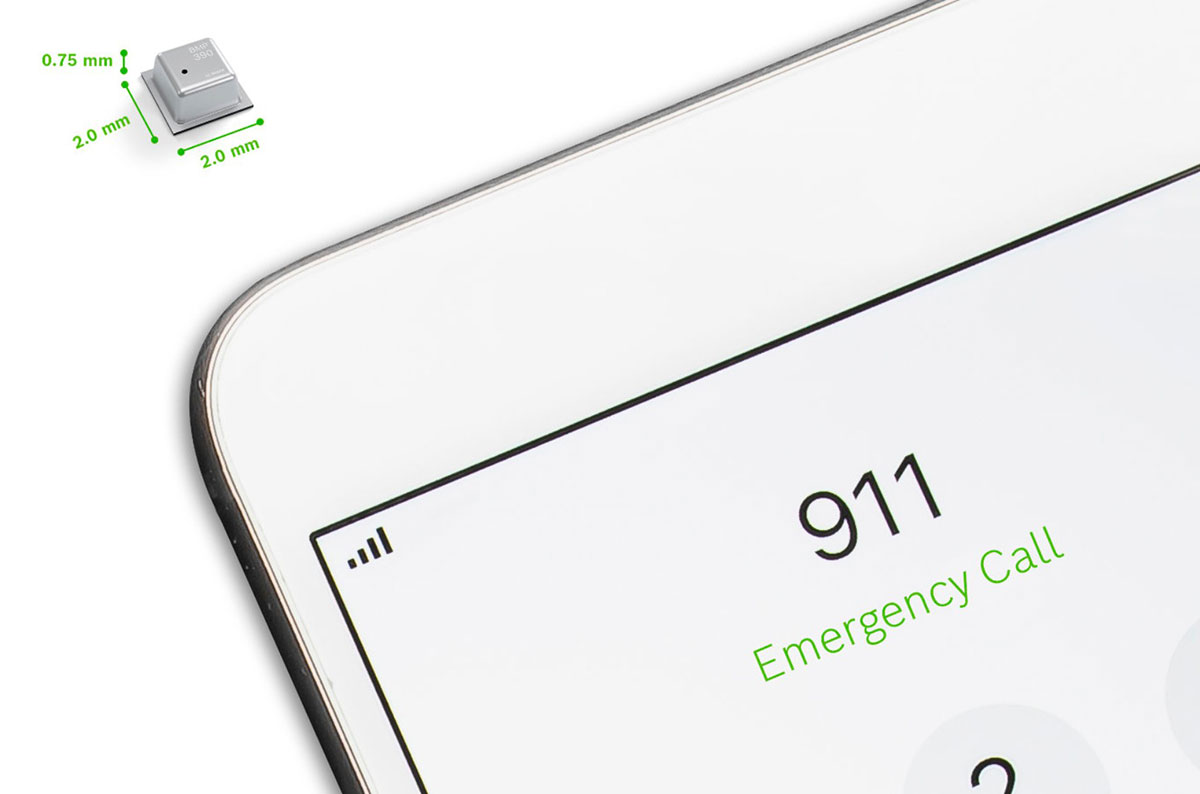
Each type of barometer has advantages and disadvantages, depending on the context in which it is used. Whether you’re a seasoned meteorologist or a casual weather enthusiast, understanding the capabilities and limitations of different barometers can greatly enhance your weather monitoring activities, especially during the fickle autumn season.
Decoding Isobars on Weather Charts
When predicting weather patterns, isobars are a meteorologist’s best friend. You’ve likely seen them as looping lines on weather maps but may not fully understand what they represent. Simply put, isobars are weather map lines connecting areas of equal atmospheric pressure.
Isobars are not just arbitrary lines; they convey significant meteorological information. Closely spaced isobars indicate a steep pressure gradient, which usually signals strong winds. The wind flows perpendicular to the isobars, from areas of high pressure to low pressure.
However, due to Earth’s rotation, the Coriolis effect causes the wind to curve and flow roughly parallel to the isobars. On the other hand, widely spaced isobars suggest a gentler pressure gradient and weaker winds.
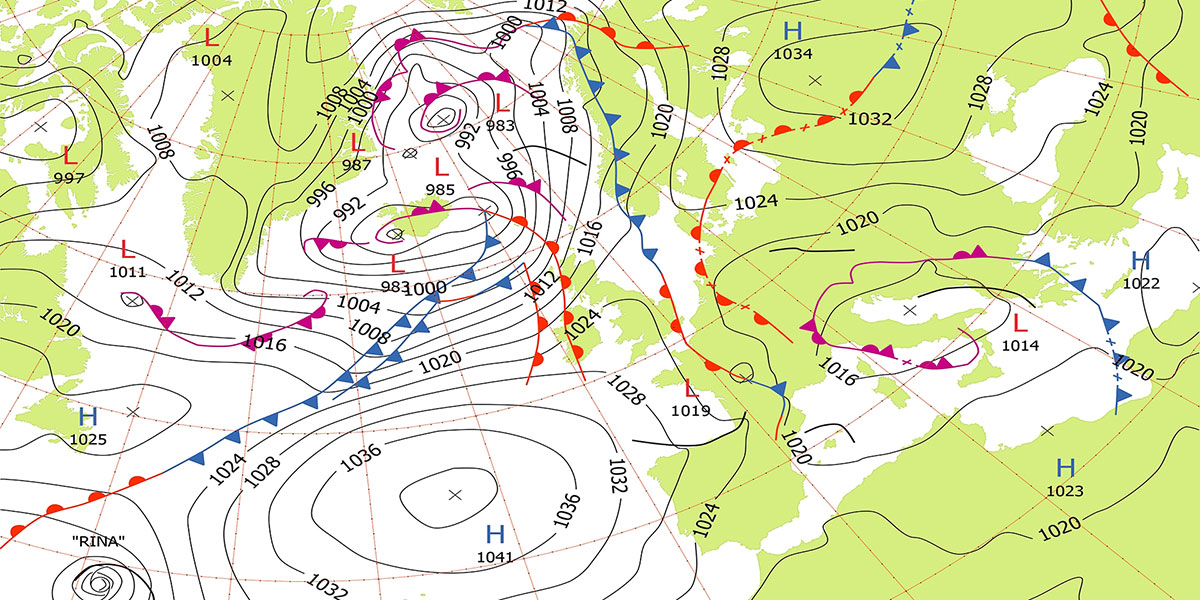
Isobars also help in identifying various weather systems. Circular patterns of isobars often indicate the presence of high-pressure systems (anticyclones) or low-pressure systems (cyclones). In a high-pressure system, the air descends and warms up, often leading to clear skies. Conversely, the air rises and cools in a low-pressure system, forming clouds and possibly precipitation. Knowing how to interpret these patterns can give you a good idea of the forthcoming weather—whether to expect a sunny, calm day or prepare for a storm.
So the next time you look at a weather chart, pay attention to the isobars. They can tell you what the weather will be like and how intense those conditions could be. Understanding isobars can help you plan your activities, whether sailing, hiking or just deciding whether to carry an umbrella.
Why Autumn Makes Barometers All The More Essential?
The transitional nature of autumn makes it a season rife with meteorological excitement. As the Earth tilts away from the sun, the Northern Hemisphere experiences a drop in temperature, resulting in atmospheric instability. This volatility means frequent weather changes – clear sunny skies can rapidly turn into overcast conditions, and vice versa. This quick-shifting weather landscape makes barometers particularly essential during the autumn season.
The fluctuating pressure systems common in autumn can dramatically impact daily activities and natural phenomena. For example, a rapidly falling barometer could signal the onset of a fall storm, bringing not only rain but often gusty winds that scatter the freshly fallen leaves and create hazardous driving conditions. Knowing these impending changes allows people to take precautionary measures such as securing outdoor objects and planning indoor activities.

Moreover, autumn is the season of harvest festivals, outdoor sports, and numerous other activities that depend on weather conditions. Whether it’s planning the date for a harvest festival, deciding when to go apple picking, or scheduling a high school football game, the barometer can provide vital information to make these events a success. Incorrect weather predictions can ruin outdoor events and lead to economic losses in cases like harvest festivals.
Fall is also critical for farmers who rely on weather conditions to harvest crops. A sudden pressure drop might indicate upcoming rains, which could spell trouble for freshly cut hay or ripe crops waiting to be harvested. Conversely, stable high pressure would be the green light farmers need to proceed with harvesting.
For wildlife enthusiasts and hunters, understanding the barometric pressure can offer valuable insights into animal behavior. Many animals are sensitive to changes in atmospheric pressure, and their activity levels can increase or decrease based on these changes. Anglers, for example, note that fish are often more active when the barometer is falling, as the decrease in pressure allows gases trapped in underwater plants and rocks to be released, attracting fish to these areas.
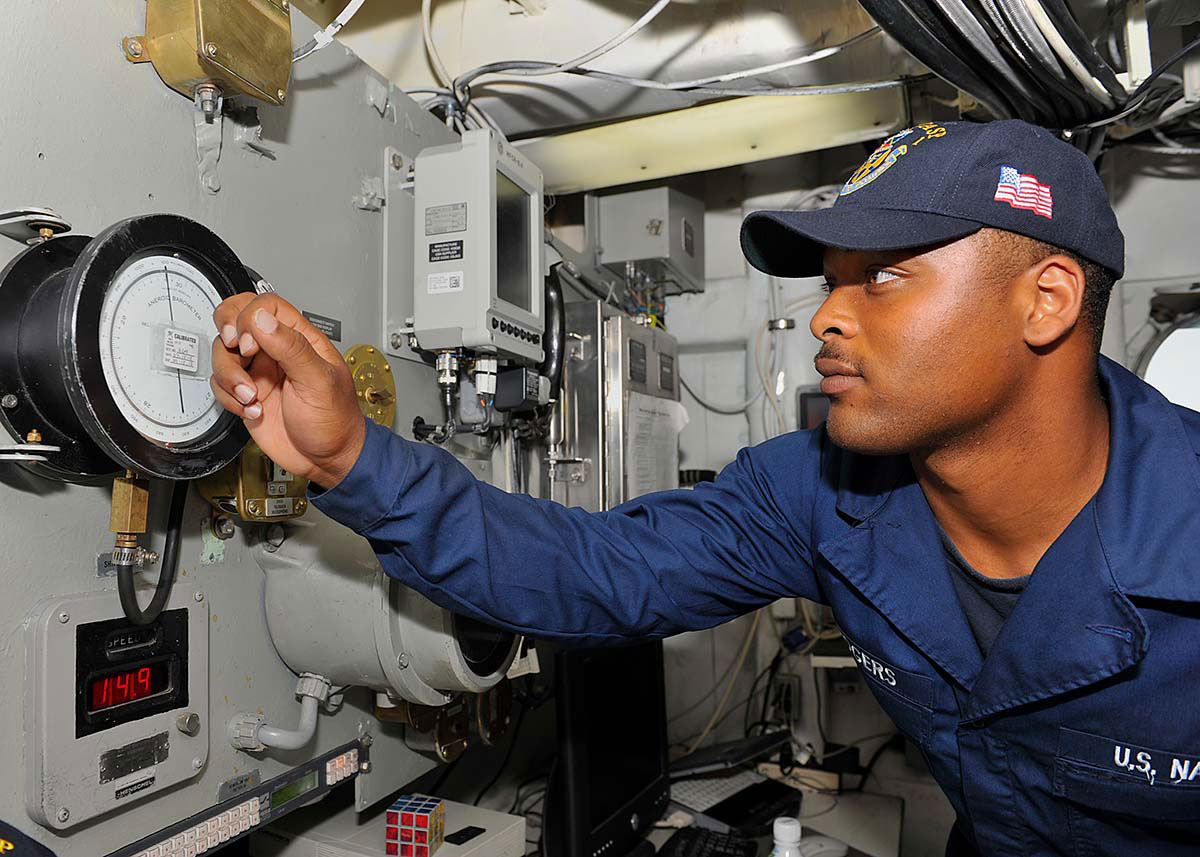
A barometer is no longer a mere instrument hanging on the wall of a rustic cabin or a specialized device in a meteorological station; it’s a daily utility that affects sectors as diverse as agriculture, sports, and public safety.
Britannica, Fischer Barometer, Wikimedia, MetOffice, and MicroStep MIS provided images used in this article.
